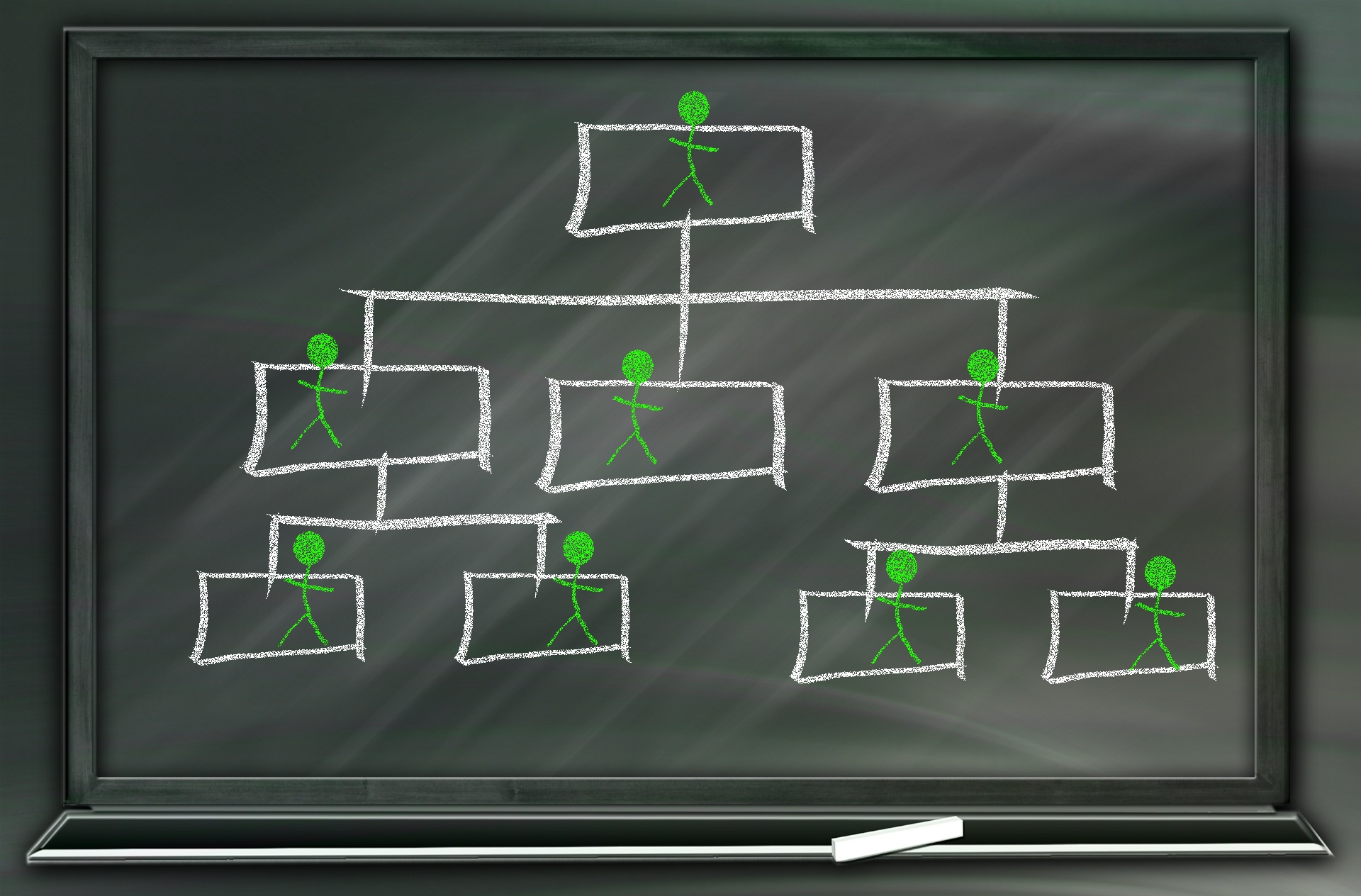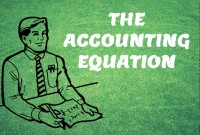- Home
- Business Processes
- Industry Knowledge
- Aerospace Industry
- Automotive Industry
- Banking Domain
- BFSI Industry
- Consumer/ FMCG Industry
- Chemicals Industry
- Engineering & Construction
- Energy Industry
- Education Domain
- Finance Domain
- Hospitality Domain
- Healthcare Industry
- Insurance Domain
- Retail Industry
- Travel and Tourism Domain
- Telecom Industry
- Leadership Skills
- eLearning
- Home
- Business Processes
- General Ledger (Record to Report)
- Defining Organizational Hierarchies
Defining Organizational Hierarchies
A hierarchy is an ordered series of related objects. You can relate hierarchy with “pyramid” - where each step of the pyramid is subordinate to the one above it. One can use drill up or down to perform multi-dimensional analysis with a hierarchy. Multi-dimensional analysis uses dimension objects organized in a meaningful order and allows users to observe data from various viewpoints.
Meaning of Hierarchies
A hierarchy is an ordered series of related objects. You can relate hierarchy with “pyramid” - where each step of the pyramid is subordinate to the one above it. One can use drill up or down to perform multi-dimensional analysis with a hierarchy. Multi-dimensional analysis uses dimension objects organized in a meaningful order and allows users to observe data from various viewpoints. These hierarchies need to be mapped to systems to ensure they are capturing the relevant business process information at relevant nodes to provide meaningful information for internal and external reporting.
Example
The account hierarchy allows you to map complex organizational structures of a business partner (for example, buying group, co-operative or chain of retail outlets). When you create a hierarchy structure, you form groups of business partners (for example, for purchasing groups). You can use them for statistical purposes and for marketing and accounting and other meaningful analyses.
Organizational hierarchies
Organizational hierarchies represent the relationships between the units/segments that make up your business.
Larger organizations may require some hierarchies that are based on business units and other hierarchies that are based on shared services, such as human resources and IT. They need to create cost centers in shared service departments and position them under business units, so that the costs of shared services are appropriately allocated. Now we will explore some examples of reporting needs arising out of these different hierarchies and dimensions. Any how they add complexity at transactional level to record relevant information appropriately.
Some areas where we need to deal with dimensions/hierarchies are:
Legal Structure
- Legal Entities
- Subsidiaries
- Tax Entities
- Statutory Entities
Operational Structure
- Business Units/Management Entity
- Divisions/Departments
- Business Functions
- Business Support Functions
- Organization Support Functions
- Cost Centers
- Profit Centers
- Business Employee Hierarchy
- Business Area /Project Area/ Controlling Area/ Product Lines/Service Lines
- Countries/Geography/Locations
- Accounts/Sub Accounts
Importance of Hierarchies
Defining organizational hierarchies enable to view and report on your business from different perspectives. You set up a hierarchy of legal entities for tax, legal, regulatory or statutory reporting. Various Legal entities can enter into legal contracts and are required to prepare statements that report on their performance. While performing business activities we need to capture and classify transactions at legal entity level to be able to identify transactions that belong to a specific legal entity. Therefore, there exists a need to define boundary at legal entity level to enable data classification, consolidation, security and reporting at these entity levels.
Example
A large corporate may create a central mailroom to receive all invoices from its vendors for which it need to make payment. These invoices are raised on separate legal entities within the same corporate group, but mailed to a central processing center for accounting and payment. The shared service resource who is working on these invoices must specify in the Accounting System the different legal entities to ensure proper treatment of these transactions. The payments should be issued from the respective bank accounts belonging to the legal entity on which the invoice has been raised.
You can create a hierarchy for purchasing function to control purchasing policies, rules, and business processes.
Related Links
You May Also Like
-
In this article, we explain some commonly used subsidiary ledgers like accounts receivable subsidiary ledger, accounts payable subsidiary ledger or creditors' subsidiary ledger, inventory subsidiary ledger, fixed assets subsidiary ledger, projects subsidiary ledger, work in progress subsidiary ledger, and cash receipts or payments subsidiary ledger.
-
GL - Journal Posting and Balances
In this tutorial, we will explain what we mean by the posting process and what are the major differences between the posting process in the manual accounting system compared to the automated accounting systems and ERPs. This article also explains how posting also happens in subsidiary ledgers and subsequently that information is again posted to the general ledger.
-
Introduction to Legal Entities Concept
Modern business organizations operate globally and leverage a large number of registered legal entities, and operate through complex matrix relationships. To stay competitive in the current global business environment, they must often develop highly diverse and complex organizational structures that cross international borders. Learn more about Legal Entities and their importance for businesses.
-
Driving Business Efficiency through Divisions and Departments
In case of a multi-divisional organizational structure, there is one parent company, or head-office. And that parent owns smaller departments, under the same brand name. Dividing the firm, into several self-contained, autonomous units, provides the optimal level of centralization, in a company.
-
In this article we will help you understand the double-entry accounting system and state the accounting equation and define each element of the equation. Then we will describe and illustrate how business transactions can be recorded in terms of the resulting change in the elements of the accounting equation.
-
The general ledger is the central repository of all accounting information in an automated accounting world. Summarized data from various sub-ledgers are posted to GL that eventually helps in the creation of financial reports. Read more to understand the role and benefits of an effective general ledger system in automated accounting systems and ERPs.
-
In this article we will discuss various types of "Management Entities". Various types of operational units, are created by management, to effectively run, manage and control their business. Different types of functional units, and divisional units, are widely used across industry.
-
Generally Accepted Accounting Principles define the accounting procedures, and understanding them is essential to producing accurate and meaningful records. In this article we emphasize on accounting principles and concepts so that the learner can understand the “why” of accounting which will help you gain an understanding of the full significance of accounting.
-
There are five types of core accounts to capture any accounting transaction. Apart from these fundamental accounts, some other special-purpose accounts are used to ensure the integrity of financial transactions. Some examples of such accounts are clearing accounts, suspense accounts, contra accounts, and intercompany accounts. Understand the importance and usage of these accounts.
-
Network Organizational Structures
The newest, and most divergent, team structure is commonly known as a Network Structure (also called "lean" structure) has central, core functions that operate the strategic business. It outsources or subcontracts non-core functions. When an organization needs to control other organizations or agencies whose participation is essential to the success, a network structure is organized.
Explore Our Free Training Articles or
Sign Up to Start With Our eLearning Courses

About Us
Learning
© 2023 TechnoFunc, All Rights Reserved











